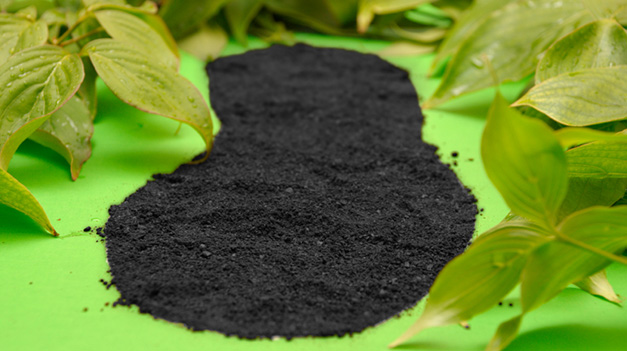
H&M published its sustainability report in late April; IKEA’s was published in July. Taking a look at each confirms that this pair of international retailers of Swedish origin (although IKEA is now also Dutch-owned) have very different approaches to sustainability reporting.
On a presentation note, IKEA wins, hands down. The information is easier to read, graph formats are used more, and it’s meant to be read on the net, rather than just published on the website in an A4 report format. I also liked IKEA’s honesty; they are still trying to figure out the environmental impact of their products, and say so without shying away from using the data they have.
IKEA’s report conveyed a more principled approach. For example, it aims to ‘go renewable’, with all of its stores using renewable energy, whereas H&M has a ‘20 per cent renewable energy by 2020’ target, which sounds as though the firm is following policy, rather than having a vision. Furthermore, IKEA partnered with WWF in its better-cotton, energy, transport and forestry projects; H&M took part only in the better-cotton project.
Both retailers have a real problem with their CO2 emissions from transport, which accounts for around 50 per cent of emissions for each. Here, I find H&M’s policies more effective, in particular its aim to move away from air travel, increasing rail transport across Turkey, Germany, Austria and the Netherlands by 45 per cent in the past year. H&M was also more energy-innovative last year, creating a store in Hamburg that sells energy back to the grid.
IKEA admits that it has a problem in China and Russia with certification of wood from sustainable sources. H&M struggles in China with its suppliers, particularly with chemical handling and wastewater. Both have a problem with living-wage standards and overtime in China. Neither present a clear policy on reducing their CO2 emissions in China, currently the world’s greatest polluter.
In terms of total emissions caused by retail operations, IKEA comes up at 1,286,379 tonnes and H&M at 280,635 tonnes. I was unsure as to whether H&M’s figures referred to its own emissions or emissions caused by its operations. H&M states that it considers ‘respect for nature’ in its decision-making. That is a big statement and it could have done with being expanded on.







